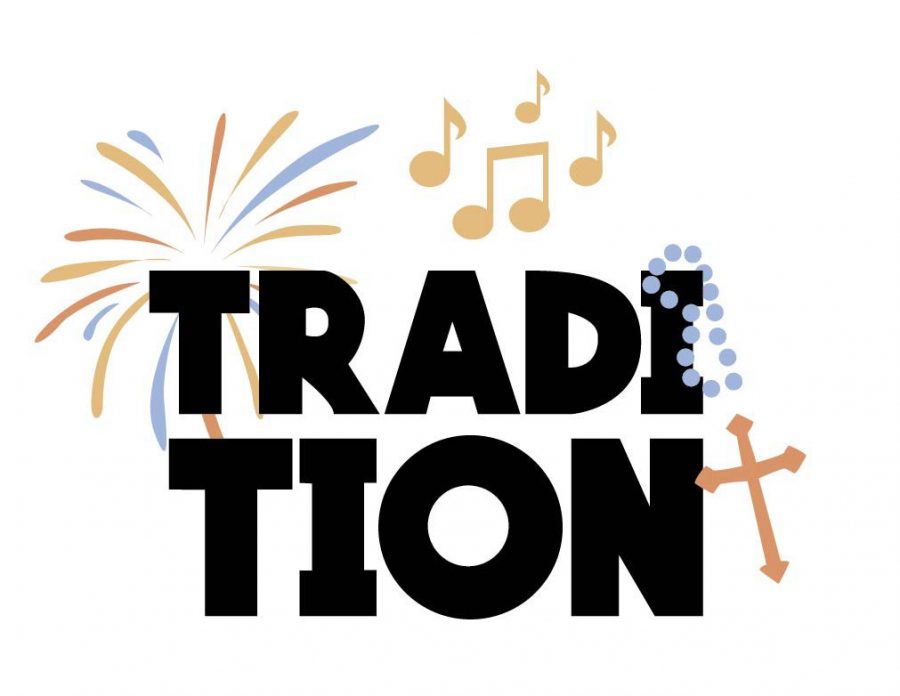Columbia students express culture through traditions
Columbia students express culture through traditions
November 27, 2017
Every New Year’s Eve during the countdown to midnight, junior English and creative writing major Janae Iloreta, who is of Filipino descent, recalls opening all cabinets and turning on all electronics in the house to invite good spirits in and keep out the bad for the new year.
Columbia students come from across the globe, which means countless family traditions throughout the college for the upcoming holiday season. Iloreta, who is also co-president of Asian Student Organization, said the exciting New Year’s tradition comes from one of the influences of Spanish superstition on Filipino culture.
Sharlene Solis, a sophomore English and creative writing major and Student Organization Council representative for ASO—who is also Filipino-American—said the culture is a mix of Malaysian, Chinese, Spanish and American cultures melded into one.
Solis said her parents would tell her stories about celebrating Simbang Gabi, meaning Night Mass, an ancient tradition dating back to 1565.
“In the week leading up to Christmas, they pray and worship every single night,” Solis said. “My parents were telling me stories about how they would walk along the street, and there’d be choirs singing for that entire week.”
Solis said although a lot of her Christmas traditions are Americanized, including having a Christmas tree, gift-giving and Santa Claus, there are also certain meal traditions that have withstood the years, such as Pancit—a noodle dish that represents longer life in her culture.
Adriana Baca, a sophomore cinema and television arts major and co-president of Latino Alliance, who is Mexican-American, said she loves eating a dish called pozole, which is only served on special occasions such as Christmas. Pozole is a soup made with pork or chicken, hominy corn and various chilies, she said.
“It’s a dish that’s been around since Aztec times,” Baca said. “The Aztecs ate it during celebrations as well, so it’s a symbolic thing to keep that indigenous root still within the culture.”
Baca also described another celebration, Día De Los Reyes, or Three Kings Day, on Jan. 6 each year, which includes baking rosca bread, a sweet yeast bread, with a baby Jesus doll inside. When you find the doll, tradition says that you are supposed to hold a party after, she added.
Tasha Donkoh, a senior fashion studies major and Ghana native, said she follows the Christian tradition of going to church every night during the week of Christmas.
“Church is different with Ghanaians because it’s not sitting and praying; it’s a celebration,” Donkoh said. “You’re celebrating his word, so there’s loud music [and] everyone’s dancing; it’s not just sitting in church for hours every single day.”
Donkoh said she also celebrates the holiday by eating food like Fufuo—a dish eaten with peanut butter soup or lye soup—and Kontombre, a spinach stew served with vegetables.
Baca said she especially looks forward to spending time with her friends and family over the holiday season.
“It’s really cool you have that time to be with your family and talk about your culture,” Baca said, “because culture is what drives us forward.”








